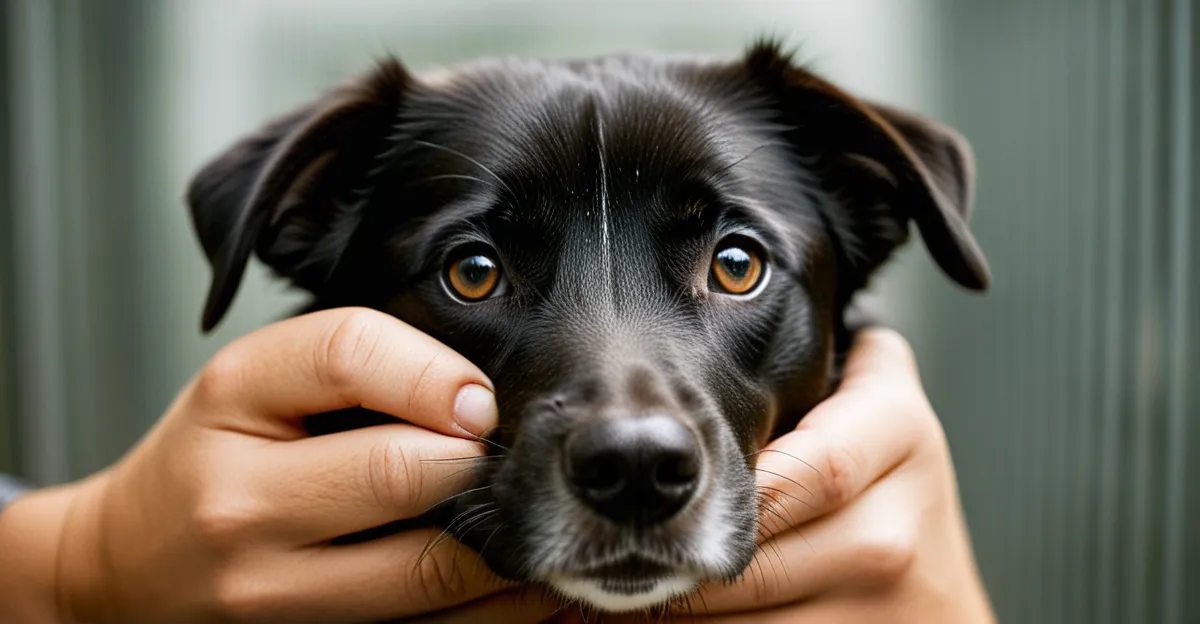Understanding Pet Compatibility
Choosing a pet involves more than just admiration for a particular breed or animal. Understanding pet compatibility is crucial to ensuring a successful adoption. Evaluating your lifestyle and personality traits becomes essential for the welfare of both you and your potential pet. Are you active and enjoy outdoor activities, or do you prefer quiet evenings at home? Matching your energy levels and activity needs with those of the pet can lead to a harmonious relationship.
Pet adoption assessment delves into these aspects, providing insights into animal behavior that may align with your preferences. It’s important to consider whether a pet known for its energy and playfulness, like a Border Collie, would thrive in your active household, or if a calm and laid-back pet, such as a Persian cat, suits a quieter lifestyle.
In parallel : How Can Pets in the UK Benefit from Sustainable Living Practices?
Family dynamics and existing pets in your household also play a significant role. Consider any allergies, the age of family members, and the temperament of current pets when assessing compatibility. A multi-pet household might require an animal that is sociable and adaptable. This careful consideration ensures a nurturing environment not only for your new pet but also maintains balance and happiness in your home.
Navigating Shelter Policies
When considering shelter policies for pet adoption, awareness of adoption procedures and expectations is crucial. Shelters often have specific criteria and processes to ensure each pet finds a suitable home. These might include application forms followed by an interview process to assess your readiness and home environment for a new pet.
Have you seen this : How Can UK Residents Find Reliable Pet Sitters?
This process helps match pets with owners that can adequately meet their needs. Additionally, understanding pet care agreements is vital. These agreements typically outline your responsibilities as a pet owner and the shelter’s role in supporting you post-adoption.
It’s also wise to familiarize yourself with shelters’ return policies. Circumstances may change, and knowing the steps involved in returning a pet guarantees both you and the animal can navigate transitions smoothly. Preparing with these insights in mind contributes to a successful adoption experience.
Estimating Long-Term Costs
The financial aspect of pet ownership involves more than just the initial adoption fee. Evaluating pet ownership costs is crucial for a sustainable commitment. One of the main recurring expenses is food, which varies based on your pet’s size and dietary needs. On average, larger pets require more food, impacting your food budgets significantly.
Routine and emergency veterinary expenses are another key consideration. Regular check-ups, vaccinations, and unexpected health issues can add up quickly. It’s advisable to budget for these potential costs to avoid financial strain. Investing in pet insurance can be a wise decision to manage unexpected veterinary bills more effectively.
Additionally, grooming and supplies such as toys, bedding, and leashes are part of ongoing costs. These may fluctuate depending on the pet’s breed. For instance, a dog with a constantly growing coat may require more frequent grooming than a short-haired counterpart. By understanding these elements and planning accordingly, you can ensure a healthy and comfortable life for your pet without compromising your financial stability.
Preparing Your Home for a New Pet
Welcoming a new pet into your household involves more than just excitement. It is essential to focus on home preparation to ensure a safe, comfortable, and secure living environment. This preparation not only helps in easing the pet’s transition but also ensures their well-being from the moment they arrive.
Start by securing potential hazards. Cover electrical outlets, secure loose wires, and ensure that cleaning products and other toxic substances are stored out of reach. Sharp objects and fragile items should be kept in safe locations. Creating a pet-friendly space reduces the risk of accidents and promotes pet safety.
Essential supplies play a crucial role. Before your pet arrives, gather necessary items such as food and water bowls, a comfy bed, toys, and grooming tools. Consider the pet’s specific needs—puppies might need pee pads, while a scratching post could be crucial for cats. Having these items ready will make the transition process smoother.
Adjust the living spaces to provide a sense of comfort and security. Designate a specific area where the pet can retreat and feel safe. This dedicated spot helps in establishing boundaries and gives the pet an area to call their own. By thoughtfully arranging your home, you foster a nurturing environment that contributes to a happy and well-adjusted pet.
Personal Preparedness for Pet Ownership
Venturing into pet ownership readiness requires thoughtful introspection and planning. It’s pivotal to evaluate whether your lifestyle aligns with the responsibilities of caring for a pet. Ask yourself, “Can I commit time daily to cater to a new pet’s needs?” The initial response should involve recognizing both daily routines and potential lifestyle adjustments.
Fostering a pet-friendly household begins with a commitment to care. Consider the demands of feeding, grooming, exercise, and social interaction. These tasks, often underestimated, require consistent dedication. A simple walk or grooming session can become a cherished routine when intertwined with your daily life.
Assessing the household’s readiness is essential. Involve family members in the discussion about adopting a pet. It’s crucial to ensure everyone is willing to participate in this long-term commitment. Ask, “Is everyone on board to share the joys and responsibilities of pet ownership?” Such discussions lay a strong foundation for collective involvement and understanding.
Remember, adopting a pet means embracing a role that impacts not just the animal but your life too. Understanding this overarching long-term commitment helps in crafting a nurturing home where both you and your pet can thrive harmoniously. Preparation paired with mutual understanding promises a rewarding journey of companionship and care.
Benefits and Challenges of Adopting from Shelters
Adopting shelter pets offers an array of heartfelt benefits but also comes with its own set of potential challenges. The decision to bring a shelter animal into your home means giving an animal a second chance at life. Many shelter animals are eager for love and companionship, waiting for someone to recognize their potential.
Adoption Benefits
One major adoption benefit is the satisfaction of rescuing a pet in need. Shelters are often filled with animals that have faced adversity and adjusting to a loving home environment is often transformative for both the pet and the owner. Additionally, adopting from a shelter helps combat the pet overpopulation issue, freeing up resources for other animals in need.
Potential Challenges
However, adopting a shelter animal also poses unique challenges. Many of these pets have backgrounds that might involve neglect or other difficult circumstances, possibly resulting in behavioral issues. Potential challenges include adjustment periods where pets need extra patience and understanding from new owners. This period is crucial for building trust and comfort.
Overcoming Challenges
To overcome these challenges, it’s essential to approach the situation with empathy and a willingness to learn about animal behavior. Real-life anecdotes often depict how patience and consistent care lead to thriving relationships. Those who have navigated these challenges successfully often share tales of growth, both for themselves and their pets, emphasizing the rewarding nature of adopting from shelters. Through this shared experience, both pet and owner discover compassion, resilience, and the value of second chances.








